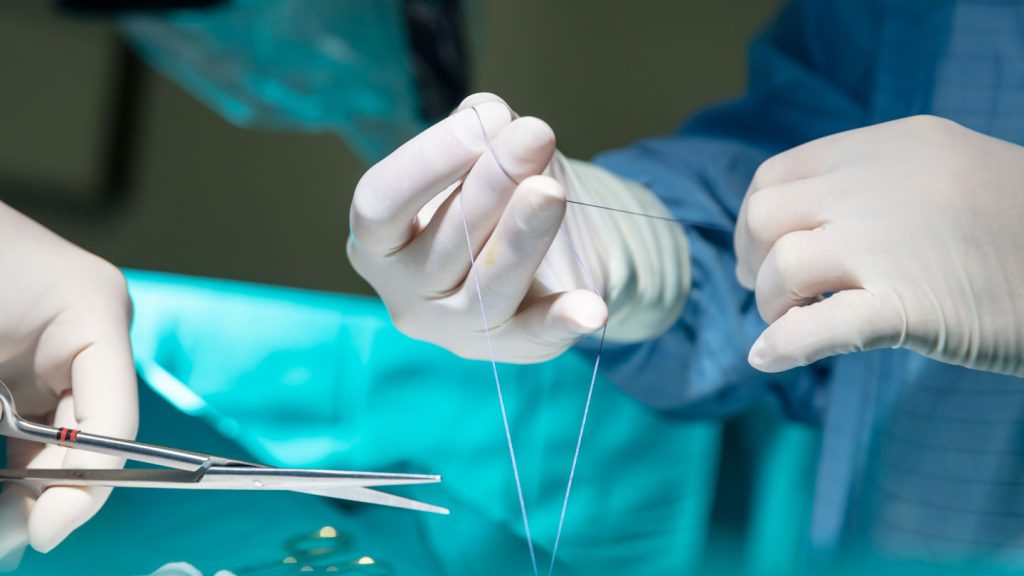In a groundbreaking experiment involving rats, researchers have developed a new type of suture that can speed up wound healing by converting muscle movement into electricity. This innovative thread is powered by the body itself, eliminating the need for bulky external batteries, and has the potential to revolutionize how injuries are treated. The thread is composed of biodegradable polymers and magnesium, allowing it to be absorbed by the body over time. When muscles contract and relax around the sutures, the thread generates electricity through friction, accelerating the healing process.
Researchers tested the electrical sutures on artificial wounds in lab dishes, observing a significant decrease in the wound area after 24 hours. Fibroblasts, essential cells for wound healing, reduced the wound size from 69 percent to 11 percent in the treated wounds compared to a decrease from 69 percent to 33 percent in untreated wounds. This demonstrated the powerful impact of the electrical stimulation provided by the innovative thread in promoting faster wound closure and tissue repair.
In subsequent experiments on rats, those treated with the electrical sutures exhibited quicker recovery and lower rates of infection compared to rats treated with traditional sutures or left untreated. The positive outcomes observed in the animal studies highlight the potential of this technology to enhance wound healing and reduce the risk of complications associated with conventional suture methods. The success in smaller animal models paves the way for further testing in larger animals to validate the efficacy and safety of the electrical sutures.
Moving forward, the research team plans to conduct additional studies to assess the performance of the sutures in larger animal models, with the ultimate goal of translating this innovative technology for use in human patients. If proven safe and effective, these electrical sutures could transform the field of wound care and lead to improved outcomes for individuals with injuries requiring surgical intervention. The ability to harness the body’s natural movements to generate electricity for wound healing represents a novel and promising approach in advancing medical treatments for a wide range of conditions.


